Maybe you’ve used a smart lock with a key card entry, so you know what recognizes the access code on the key card? That is the door card reader. Today, this guide discusses how to choose a door card reader, if you are interested in this topic, please read on to learn more.
1. What is a door card reader
The door card is generally a plastic card the size of a credit card, which can be inserted into the card reader slot in front of the door lock or close to the card reader sensor to open the door lock. Card readers are a security measure that not only keeps track of who has entered a building but also saves administrative costs. If you have a large number of employees who need to enter and exit the building, installing card readers is your best option.
2. How the door card reader works
The card contains copper wire, and when you hold the card close to the reader, the reader will power the copper wire and send out a radio frequency signal to pick up and read the data stored on the card. Then, the card reader sends the read information to the central control unit, and the central control unit decides whether to grant authorized access to the cardholder. If there is access, the door lock will open immediately. Although the described process is long, in real life these operations happen in a split second. The key card is very thin and only the size of a credit card, so you can put it in your wallet and carry it around without breaking it.
3. Types of card readers
Before buying a reader, you should know what types of readers are available. Below are the different types of door card readers.
1) Wired card reader
A wired card reader means that a power cord is connected to the card reader to supply power to the card reader. The disadvantage of this kind of card reader is that once the power goes out, the card reader will stop working.
2) Wireless Card Reader
In contrast to wired readers, wireless readers use batteries instead of power cords. So you don’t need to worry if there is a power outage, it will still work. A wireless card reader is a great option if you don’t want to run the wires or if you’re looking to replace your door lock with a new card reader.
3) Magnetic stripe card reader
A magnetic stripe card reader is a card reader in that you insert a key card with a magnetic stripe into the card slot of the card reader to recognize it. This type of card reader must make contact between the key card and the surface of the card reader to unlock.
4) Proximity card reader
Proximity card readers do not require contact with the surface of the card reader to unlock, it uses a contactless way to sense the key card. This way reduces the risk of contagion by contact.
5) Keypad card reader
Keyboard card reader refers to a card reader with dual functions of PIN code and key card. When you forget to carry the key card, you can unlock the door by entering the PIN code on the keyboard.
6) Independent card reader
Standalone readers are so-called because they are self-contained systems that you can program individually. This type of reader usually consists of a digital cylinder or special electronics that you can integrate into a door fitting or gate. In addition, the reader is quick and easy to install and use.
7) Integrated card reader
The integrated card readers can be connected to other solutions and can be managed centrally using a central system. Systems with integrated card readers enable administrators to record with great accuracy who has opened a gate or a specific door on a site or in a building at any time and anywhere. Very secure and transparent.
4. How to choose a door card reader
Here are some things you should consider when shopping for a card reader.
1) Security
Security is a topic that never goes out of style when discussing smart door locks. Low-security card readers are more vulnerable to criminals, so if you’re protecting a high-value item, invest in a more secure card reader. Examples include RFID smart card readers.
2) Outdoor or indoor
Whether it is installed outdoors or indoors directly affects the service life of the card reader. If it is installed outdoors, it will inevitably be exposed to wind and sun, so you need to choose a card reader with a hard shell and waterproof.
3) Can the card reader be integrated with the existing access control system?
If the new card reader cannot be integrated with the existing access control system, then you will need to make adjustments and modifications, which will increase the cost of installation. So this factor should be taken into consideration when choosing a card reader.
4) Which type of card reader do you prefer
We have talked about the types of card readers above, so you can choose the type you want according to your own needs. For example, if you don’t like touching other people, you can choose a proximity card reader. If you are in an area where power outages are common, wireless card readers are an option for you.
5) Where to install
Think about where you want to use your card readers and choose based on the capabilities of each. For example, in a home, you can choose a keypad reader because it can be unlocked with a combination even if you forget to bring your key card. You can also use keyless hotel door locks for easy check-in.
6) Purchase a Wiegand 26 access control card reader that meets international standards
The international standard protocol for radio frequency card readers is Wiegand 2 6bit, and some readers use 485 or ABA or other digital formats. We recommend using the Wiegand26 card reader because it can bring great convenience to system stability, upgrade, and maintenance.
5. Card reader recommendation
Here are some good card reader recommendations for your reference.
1) HID Signo Card Reader
HID Signo readers offer powerful performance, enhanced security, and compatibility with access cards and smartphones for ultimate user convenience. At present, the HID Signo card reader has been favored by many enterprises.
advantage:
- High security
- Many functions
- Supports more than 15 common credential technologies
- Compatible with access control cards and mobile devices to achieve mobile access control
2) Brivo Smart Card Reader
Brivo’s latest access control system is a mobile and browser-based system that is convenient and cost-effective. Using a single integrated platform, users can securely access and monitor buildings.
advantage:
- Support unlocking via mobile phone access
- High security to prevent any type of cyber attack
3) Kisi card reader
The Kisi card reader can also be unlocked with a smartphone. It comes with a set of baseline features to enhance business security. Some of these features include intrusion detection, tamper alerts, audio/visual alerts, and entry and exit tracking.
advantage:
- Fast, with authorized access times of 0.3 seconds or less
- Security
- Waterproof design, suitable for outdoor installation
6. Frequently asked questions about door card readers
Below are answers to some frequently asked questions about door card readers.
1) Advantages of using a door card reader
- Variety of types: There are a variety of door card readers on the market, so no matter what your requirements are, you can find a reader that is right for you.
- Easy to manage: The keyless entry system is adopted to facilitate the management of employees’ entry and exit, without spending a lot of time issuing keys to new employees.
- Real-time tracking: With the access log function, it is possible to find out who entered the building and when.
- Alarm function: If an abnormal situation occurs or the battery is too low, it will remind you by text message or email.
- High security: The system is difficult to tamper with. If the card is stolen or lost, you can instantly block or revoke the card.
2) The cost of the door card reader
The average cost of a door card reader ranges from $1,200 to $3,500, depending on several factors. For example,
- Service quality
- Purchase Quantity
- Shipping time and urgency of installation
- Your Access Control Personal Knowledge
- Complexity of installation
3) Where are door card readers generally used?
door card readers are mainly installed and used in large commercial establishments such as:
- School
- Office
- Retail store
- Hospital
- Factory
- Laboratory
- Storehouse
- Storage facility
- Medical Clinic
- Apartment
7. Conclusion
Secure your business or home with a door card reader. The above are the types of card readers organized in this guide and how to choose a suitable card reader. After reading this article, I hope you will be inspired. If you have any questions about door card readers, please feel free to contact iLockey.

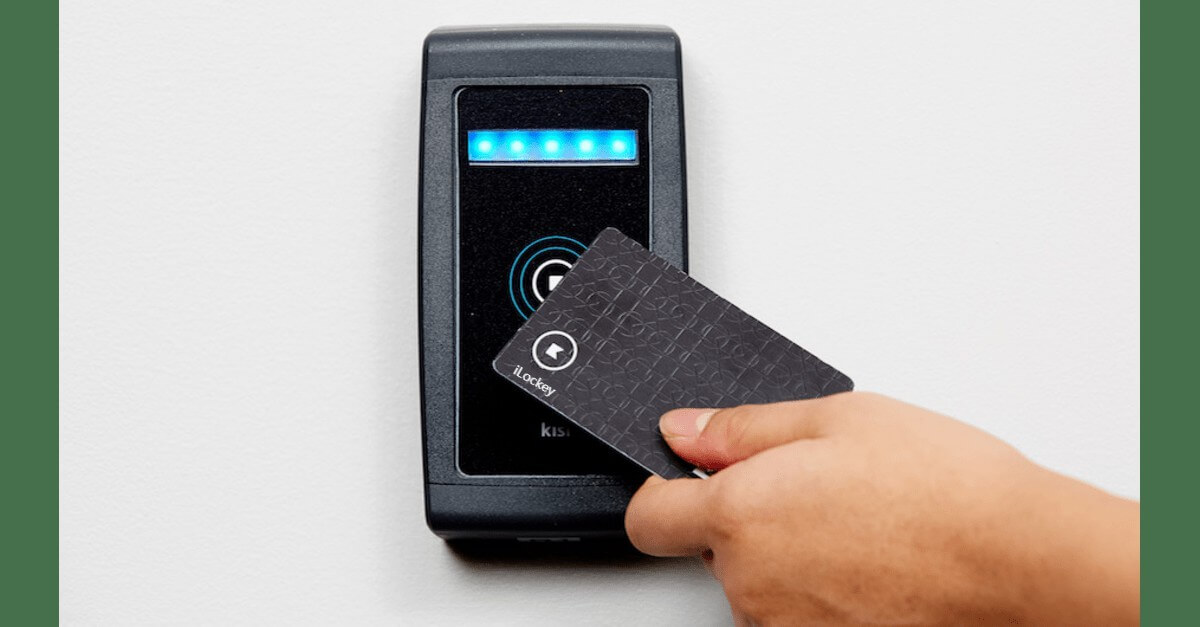

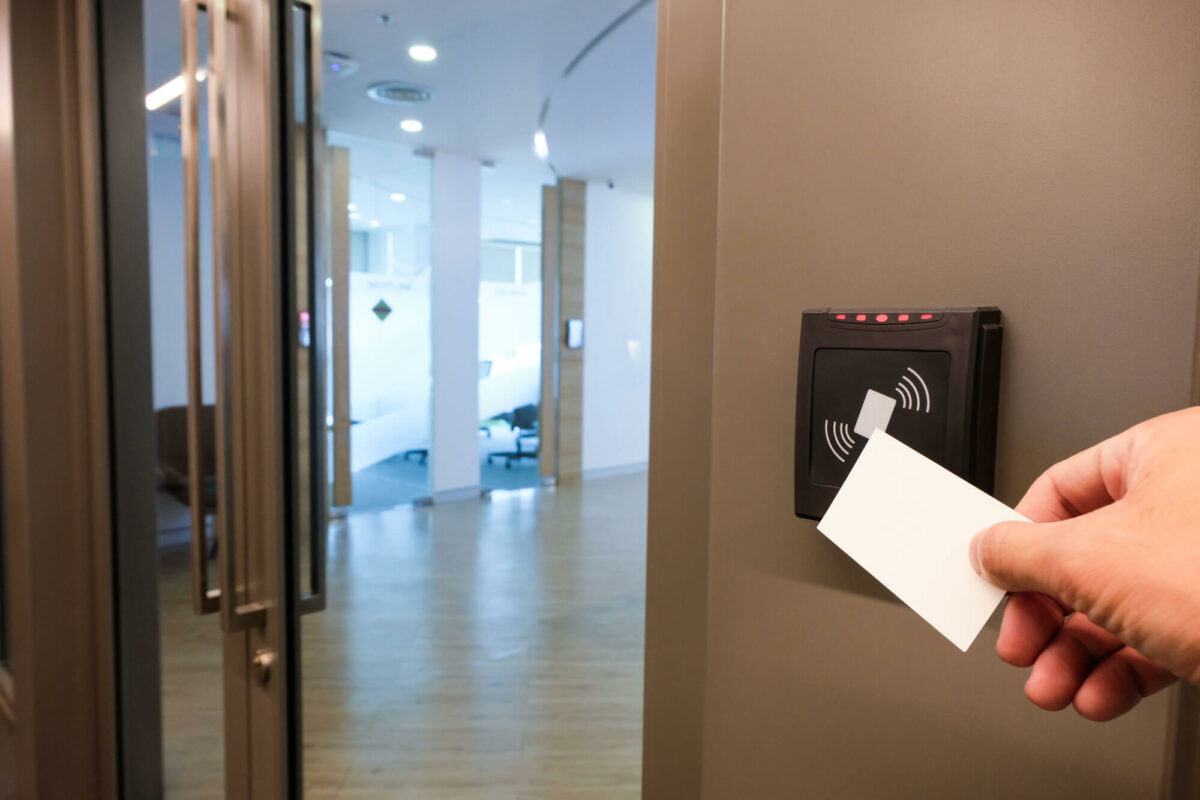

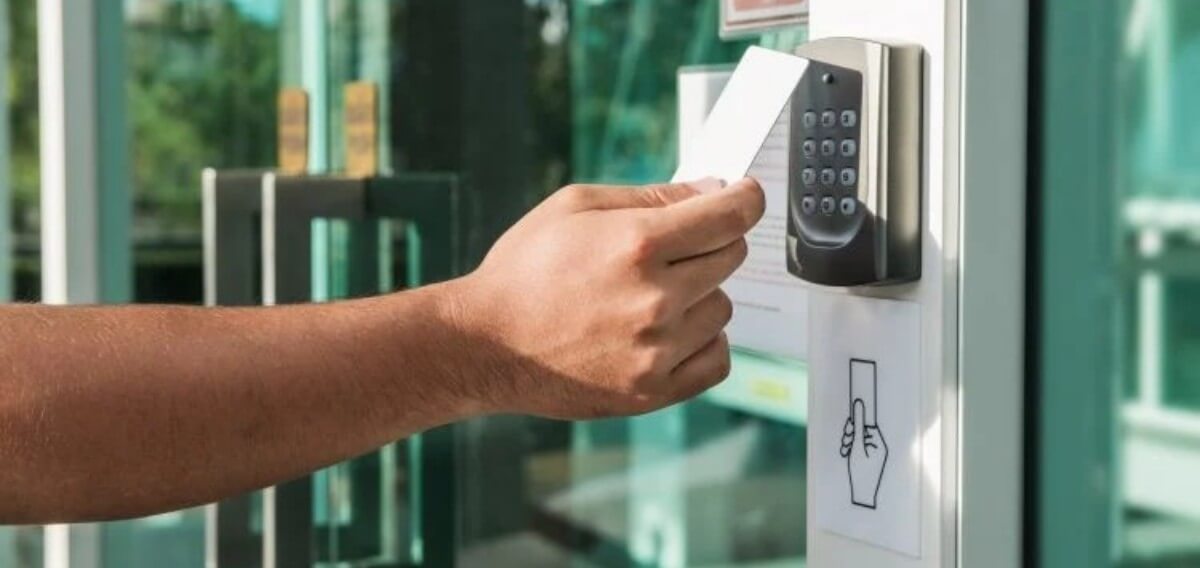
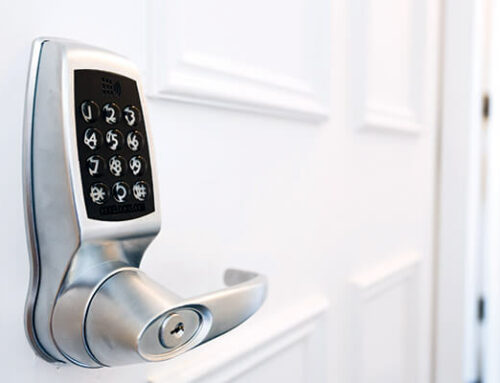
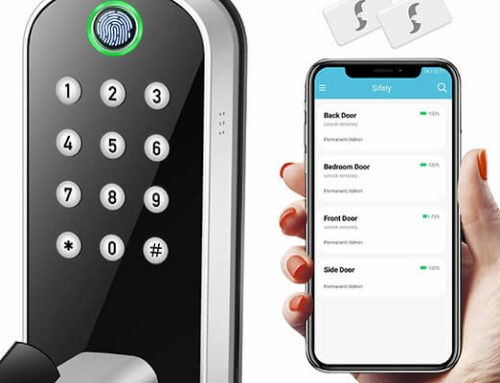
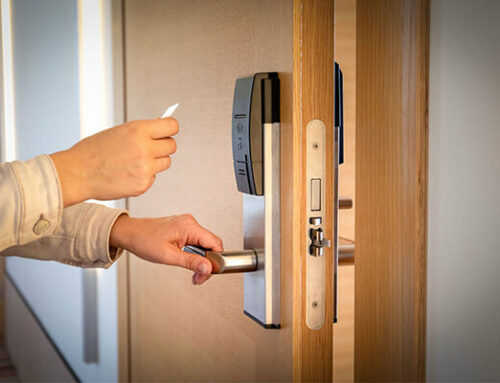
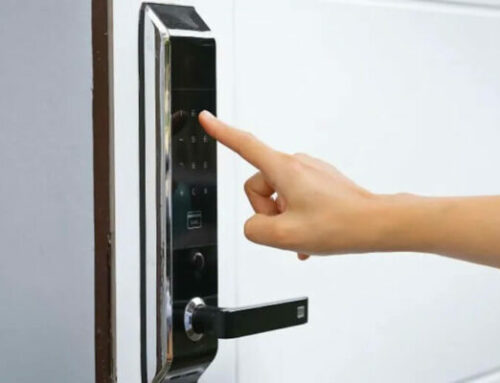
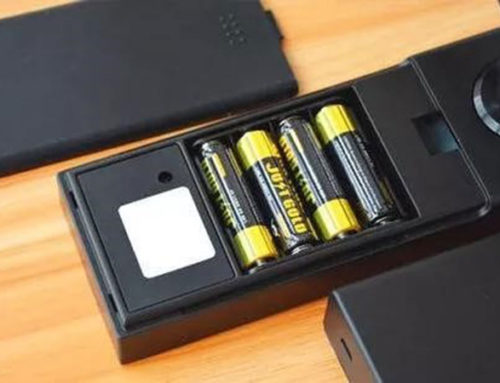
Leave A Comment